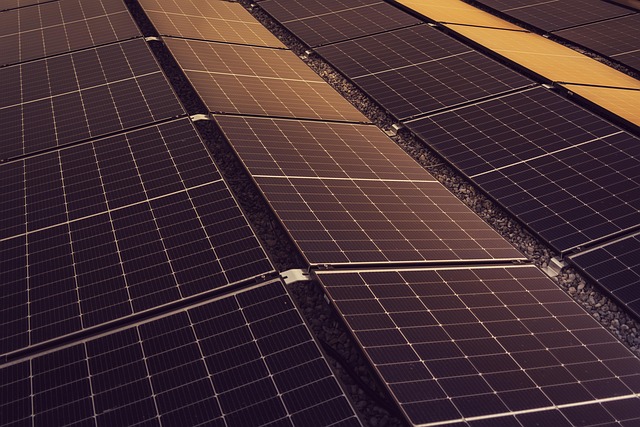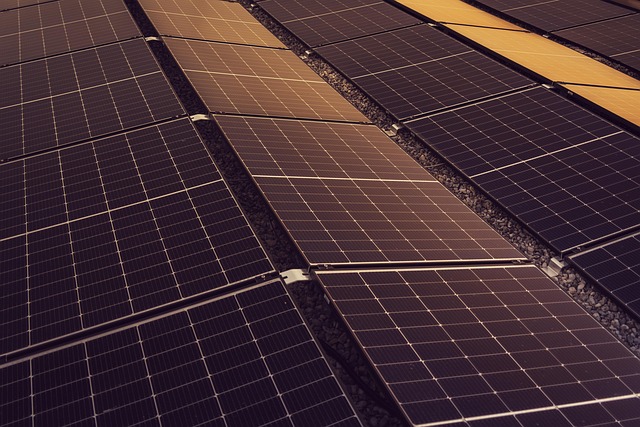How Solar Energy Works: The Basics

Solar energy, often called photovoltaic (PV) energy, is simply capturing sunlight and turning it directly into electricity. Think of solar panels as collections of tiny power plants called photovoltaic cells, usually made from silicon (a common element found in sand). When sunlight (photons) hits these cells, it energizes electrons, creating an electrical current – much like water flowing through a pipe.
E = h \nuThis equation (E = hν) shows that the energy (E) of a photon is directly proportional to its frequency (ν), linked by Planck's constant (h ≈ 6.626 x 10⁻³⁴ J·s). Essentially, higher frequency light carries more energy, which is key to how solar cells generate power.
Comparing Solar Companies: What Matters Most?
When comparing solar providers, focus on key metrics: panel efficiency, estimated system lifespan, warranty details, and customer reviews/reputation. Panel efficiency – the percentage of sunlight converted into electricity – is crucial. Aim for panels with efficiency ratings around 19-22% or higher, as technology continually improves.
Understanding Your Solar Warranties: Product vs. Performance

Solar panel warranties usually have two parts: product and performance. The *product warranty* (typically 10-25 years) covers defects in materials or manufacturing. The *performance warranty* (often 25-30 years) guarantees the panels will maintain a certain level of output (e.g., 85-90% of the original rating) over time. Scrutinize the details of both to understand your long-term protection.
Inverters: The Unsung Heroes of Your Solar System
Inverters are essential; they convert the Direct Current (DC) electricity from your panels into Alternating Current (AC) used by your home appliances. Like panels, inverter efficiency matters. There are main types: *String inverters* (one or two per system), *Microinverters* (one per panel), and systems using *Power Optimizers* (panel-level optimization feeding a central inverter). Each has pros and cons regarding cost, performance monitoring, and shade tolerance.
# Example: Calculating Inverter Efficiency
dc_power_input = 3000 # Watts
ac_power_output = 2850 # Watts
efficiency = (ac_power_output / dc_power_input) * 100
print(f"Inverter Efficiency: {efficiency:.2f}%")Why Quality Installation is Non-Negotiable
A top-tier system installed poorly won't perform optimally and can even be unsafe. Ensure your chosen company follows strict installation standards and local codes. Look for installers certified by organizations like NABCEP (North American Board of Certified Energy Practitioners) – a key indicator of expertise and professionalism.
The Financial Side: Calculating Solar ROI and Payback
Solar is an investment. Key financial metrics are Return on Investment (ROI) and the Payback Period. These depend on the total upfront cost (after incentives like tax credits), your local electricity rates, how much energy your system generates, and any ongoing maintenance costs. The Payback Period estimates how long it takes for accumulated savings to equal the initial investment. A common simple calculation approach is: Payback Period = Net System Cost / Annual Savings. 'Net System Cost' refers to the total cost after accounting for incentives like tax credits and rebates. 'Annual Savings' typically includes avoided electricity bill costs and any income from selling excess power (if applicable).
Reputable Resources for More Information
- National Renewable Energy Laboratory (NREL)
- Solar Energy Industries Association (SEIA)
- EnergySage Marketplace